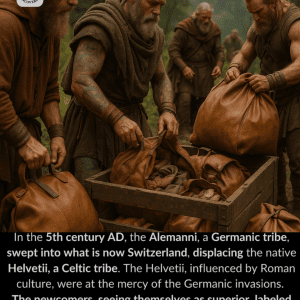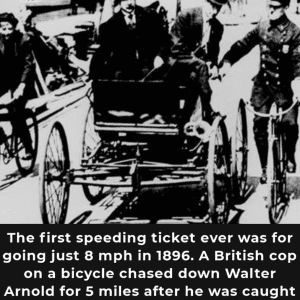In our modern world, we often take time for granted. It blinks from our phones, glows from smartwatches, and ticks from quartz mechanisms with atomic accuracy. But long before the invention of mechanical clocks or digital displays, humans relied on a much simpler force to measure time fire. More specifically, they used candles.
Candle clocks were an elegant solution to a complicated problem. In a time when most people couldn’t afford water clocks or astronomical tools, a slow-burning candle offered a consistent, visible way to mark the passing hours. From ancient China to medieval Europe and the Islamic Golden Age, cultures across the world used flame to track time long before ticking hands ever circled a dial.
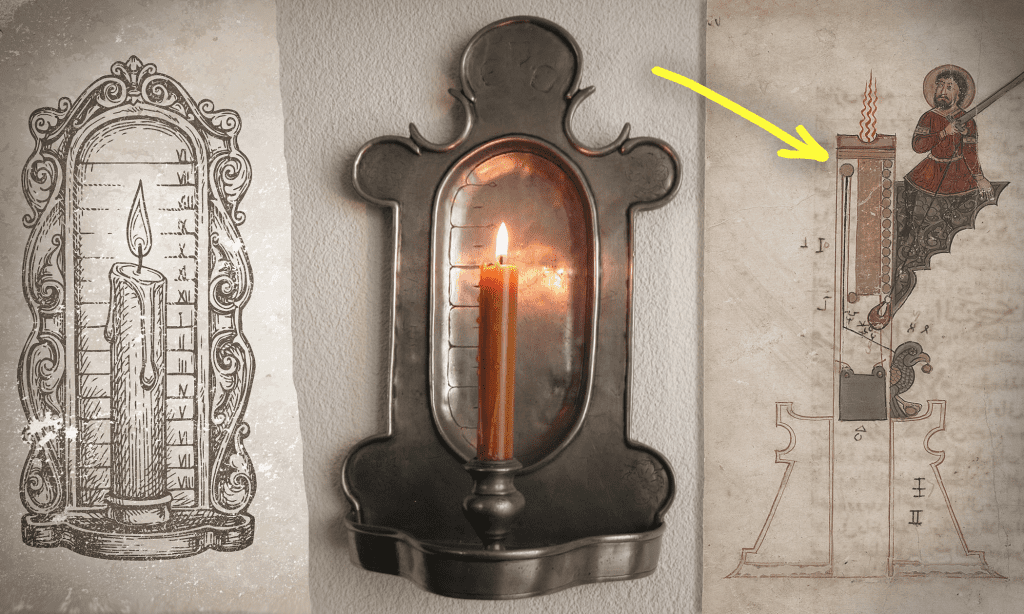
China’s Timekeeping Breakthrough with Wax
The earliest recorded use of candle clocks dates back to 520 CE in China, during the Northern Wei dynasty. Chinese innovators marked tall, evenly made candles at precise intervals. As the candle burned down, each mark disappeared, signaling the passage of time.
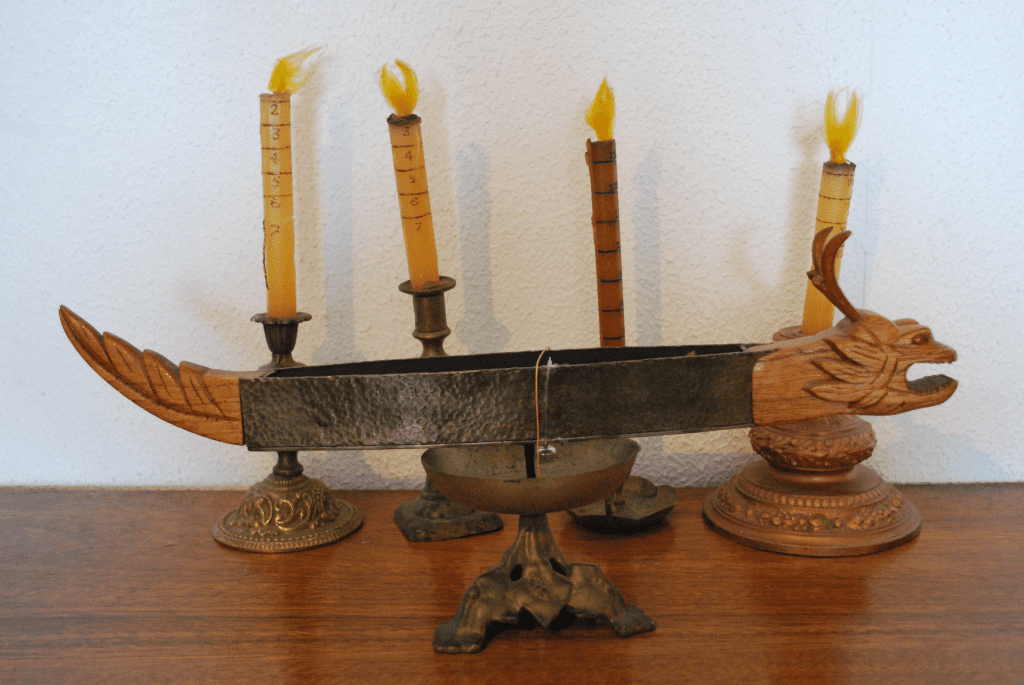
These candles were often placed in protective lanterns to block drafts and ensure a steady burn rate. Some even had small weights embedded in the wax. As the candle melted, the weights would drop into a metal bowl below, creating a soft chime to audibly indicate an hour had passed.
This approach to timekeeping was not only functional but also deeply symbolic. In many East Asian cultures, fire was tied to life energy and cycles. Watching a candle burn wasn’t just about measuring minutes it was about witnessing the quiet rhythm of nature and human routine.
Video:
What is a Candle Clock anyways? #shorts
The Islamic Golden Age: Al-Jazari’s Engineering Genius
Fast forward to the 13th century, and we find one of the most sophisticated advancements in candle clock design thanks to Al-Jazari, an engineer and inventor from what is now modern-day Turkey. Around 1206 CE, Al-Jazari took the basic candle clock and transformed it into a mechanical marvel.
In his Book of Knowledge of Ingenious Mechanical Devices, he described candle clocks that used pulleys, dials, and counterweights. As the candle burned, it slowly released a weight attached to a rope that turned gears and rotated a dial. This innovation turned the simple idea of time-by-flame into a visual and functional clock, complete with hourly indicators and moving parts.
Al-Jazari’s designs weren’t just theoretical. His creations were used in mosques and palaces to regulate daily schedules, prayer times, and important events. His candle clocks are now considered precursors to the more complex gear-driven clocks of the Renaissance.
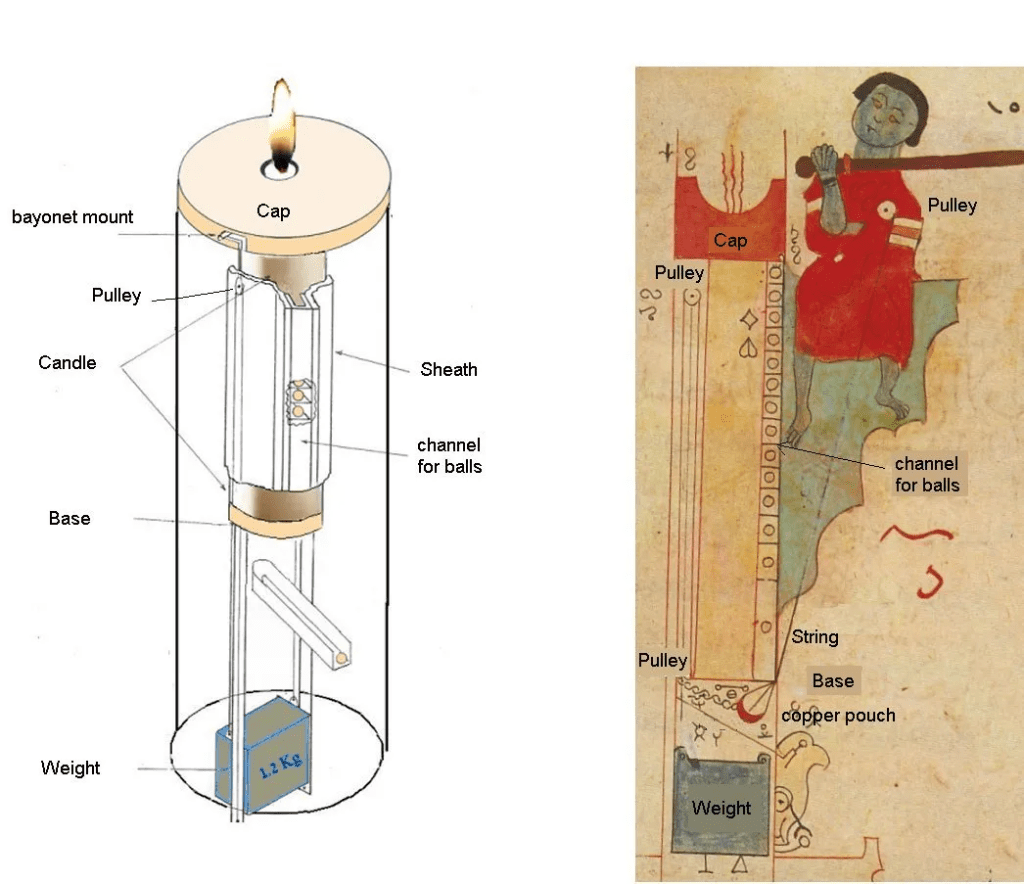
King Alfred and the English Candle Clock
Meanwhile, in 9th-century England, another ruler was using candles to organize his day. King Alfred the Great, known for his commitment to education and governance, reportedly used a series of uniform candles to divide his day into strict periods of prayer, reading, and public service.
Video:
4 Different Clocks from SCRATCH (Hourglass, Sundial, Water Clock, Candle Clock)
According to historical accounts, Alfred’s candles were made from beeswax and divided into 12-inch segments, each designed to burn for one hour. Protected from wind and weather inside lanterns, these candles were used by the royal household to maintain discipline and routine.
King Alfred’s use of the candle clock illustrates how accessible and versatile this technology was. In an age where mechanical precision was centuries away, the humble candle offered a practical way to structure life even in royal courts.
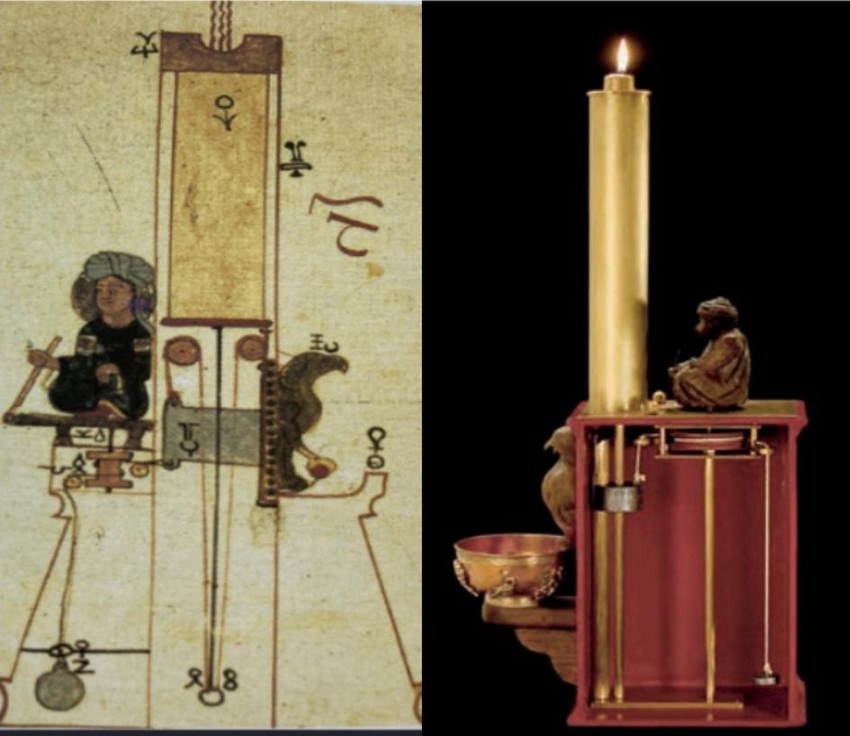
A Flame That Lit the Way for Modern Timekeeping
Candle clocks eventually gave way to more advanced technologies. Water clocks, hourglasses, and eventually mechanical escapements rendered them obsolete. But their influence endured. Candle clocks represent a crucial chapter in humanity’s long journey to master time.
They were simple, yet profound. They showed that even the slow burn of wax could bring order to chaos. They were tools of science, symbols of routine, and sometimes even spiritual companions.
Today, as we glance at atomic clocks accurate to billionths of a second, it’s worth remembering a time when people stared into the soft glow of a flame and watched the hours melt away, one drip of wax at a time.

Conclusion: Time’s Oldest Light
From Chinese engineers to Islamic scholars to Anglo-Saxon kings, the candle clock stands as a remarkable testament to human ingenuity. These slow-burning markers of time helped civilizations keep track of prayer, labor, study, and life itself quietly illuminating our shared desire to bring structure to the passing day.
In the flicker of every flame, there once lived the heartbeat of history’s earliest hours.

